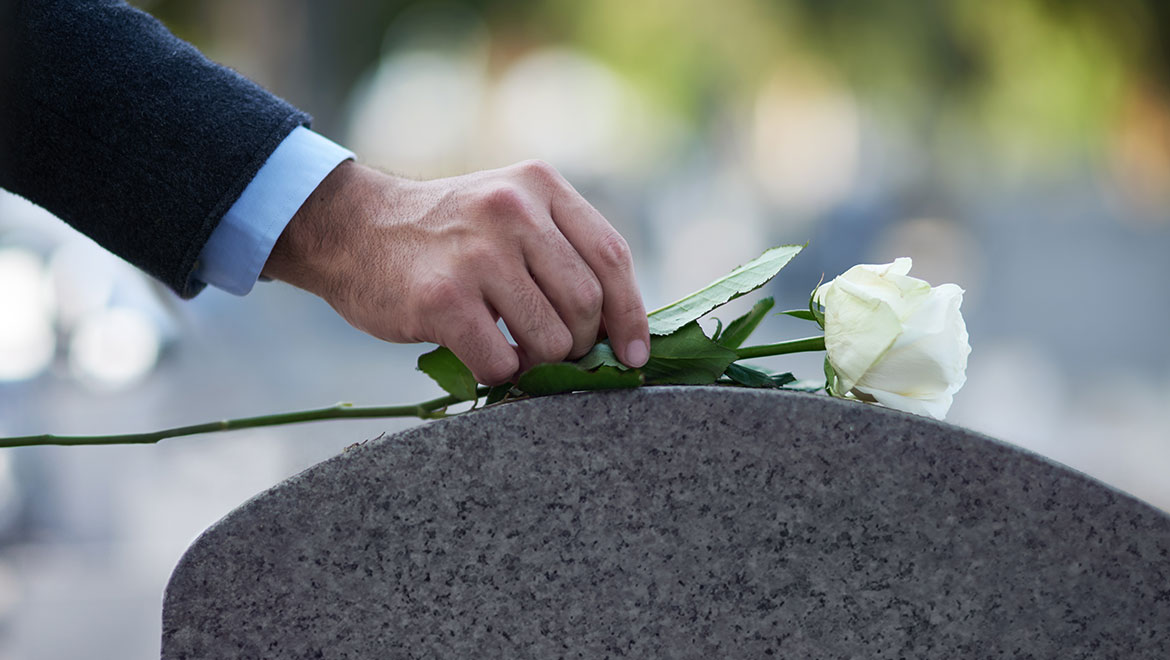Mourning Models
Every scientific theory may seem weak before mourning and human pain, though it is helpful to have some information which will help us understand the situation we experience.
Knowledge reduces the fear of the unknown and therefore we are better prepared to deal with every difficult situation like mourning
Elisabeth Kubler-Ross’s model
A widely known model of mourning is that by the famous Swiss psychiatrist Elisabeth Kubler Ross. Her theory became well known as “The five Stages of Grief” and was adopted by the social sciences as a way of handling situations of mourning.
The five stages of grief:
Denial: At this stage the person who mourns has a difficulty accepting the loss of a loved one.
Anger: Rage and anger are possible to be transferred to any direction such as to friends, relatives, to the doctor of the deceased, to God, even to themselves.
Bargaining (negotiation): The need for regaining control is a normal reaction to the feeling of despair and weakness. It is all about an effort to protect oneself from a painful reality.
Depression: At this stage the person “sinks” into the feelings of grief and stops trying to react against the loss.
Acceptance: The last and hardest stage in the process of mourning. It is defined by isolation and calmness.
Bowbly and Park’s model it is an important model among others which have been suggested for the interpretation of grief because of its clarity and simplicity. According to the Attachment Theory, Bowbly and Parks support the view that mourning comprises the following four stages:
Shock and Numbness: The person who mourns feels emotionally unconnected and unable to feel anything. It is a normal defense against the unwanted pain but it is also a transitional phase.
Yearning and searching: During this period a person has deep longing and craving for a reattachment with the deceased loved one. Nostalgia and pursuit constitute an effort to bring things back the way they were.
Despair and disorganization: In this phase the person has to deal with an identity crisis (e.g.” if my husband is dead, am I still a wife?”) and also adjusting to the new state of things, meaning also practically.
Re-organization and recovery: Life after a loss can never be the same again. The person tries to pick up their pieces and move on. People can rebuild themselves but some changes are permanent.

